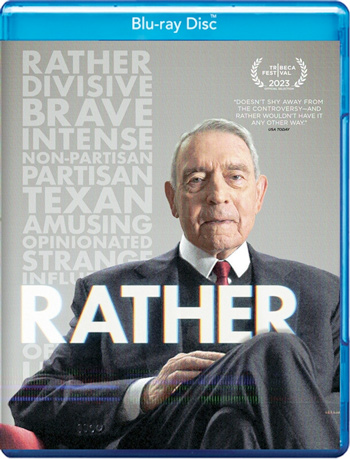
Giant Pictures
Dan Rather is weird.
Well, he’s not just that but he is that.
He’s the political commentator who used country-fried similes you never heard on Hee Haw (“As busy as a one-armed fiddler in a snake pit” is one of his better-known Ratherisms).
He’s the foreign correspondent who swore he had to wear Pashtun clothing while reporting from Afghanistan so that the Russians wouldn’t shoot him, earning him the not-politically-correct but also not-totally-incorrect nickname Gunga Dan.
He’s the hot-take influencer that all the Zoomers are loving on X, even though they don’t know he used to be anchor of The CBS Evening News and they’ve never heard of The CBS Evening News.
He’s the guy that everybody made fun of for wearing sweaters to make himself look folksy and who tried to close off his broadcasts by saying “Courage” until the network said it made him sound like a self-important dick.
Oh, and he’s the guy who helped take down Richard Nixon, exposed Iran-Contra, and was the only American anchor in Tiananmen Square during the 1989 student uprising.
That Dan Rather.
Weird and yet also weirdly important.
The documentary Rather does not attempt to hide that it’s on Team Dan.
You will hear no critical voices—only former colleagues, his family, Rather himself, and a few cultural commentators like Samantha Bee who let us know that Dan is still rocking the zeitgeist. Its apparent mission is to reintroduce Rather to a new generation, and provide some context to his odder flourishes so that we see him not as the media lefty who got the story wrong on George Bush’s Vietnam service, but as the principled journalist who actually got the story right and is still speaking truth to power.
Rather’s director is Frank Marshall.
That Frank Marshall, the producer of Raiders of the Lost Ark. I guess he has a fondness for western mavericks who dress in colorful native garb in exotic foreign lands.
In recent years, Marshall has turned from features to cultural documentaries, including The Bee Gees: How Do You Mend a Broken Heart and Jazz Fest: A New Orleans Story.
With Rather he broadens from music into journalism and gives us a colon-free title.
It’s strange to see Rather as an elder statesman, considering that for most of his career he was hailed as the voice of a new generation.
As Oscar Wilde said of America, his youth was one of his oldest traditions. Rather belonged to the last generation of television journalists who got their start in radio, which he credits for teaching him how to talk without a script. His early career in his native Texas is a typical rise-to-fame story, complete with the day he got his big break: November 22, 1963.
As the film relates, it was Dan Rather who was live from Dealey Plaza in New York, a local reporter patched in at short notice—the event was too unimportant for CBS to send its own crew—to give flash reports on President Kennedy’s assassination to Walter Cronkite.
It was Rather who first reported from Parkland Hospital that Kennedy was dead. Rather watched Jack Ruby shoot Lee Harvey Oswald. Across days of round-the-clock coverage, Rather became a celebrity journalist. All it took to make it happen was a president’s death. Rather the documentary doesn’t engage with that ironic dissonance. To Marshall and his interview subjects, putting Rather on the national stage was a good thing, however it happened.
He was meant to be.
There’s another “first” that Rather doesn’t mention: young Dan Rather was also the first journalist to watch the Zapruder Film, the 8mm visual record of Kennedy’s assassination.
This was a big opportunity for the cub reporter. It would cement his position as the nation’s eyes and ears. He emerged to report that he had seen Kennedy’s head “move violently forward” on the film. Years later, Americans finally got their first look at the film and were shocked to see that Kennedy’s head had actually snapped back and to the left. This was the seed of a different Dan Rather narrative, one that Marshall resists telling: the Dan Rather who makes himself the story, and who frequently gets the story wrong.
Deservedly or not, Rather was often singled out proof that journalists are only in it to get famous.
This is the throughline of Rather: a portrait of the artist as a young scapegoat. At the height of the Watergate scandal, Richard Nixon asked Rather, “You look nice, Dan. Are you running for something?” to which Rather deftly replied, “No, Mr. President. Are you?” It was Nixon’s way of feeding the rumor that Dan was using Watergate as a stepping-stone to Congress. Their banter at press conferences made Nixon and Rather seem like friendly antagonists, though it was a different story behind the scenes.
In a recorded conversation, Nixon can be heard advising Chuck Colson that Rather’s vanity was the key to destroying him.
This marked the beginning of Dan Rather’s reputation as the journalist that Republicans loved to hate.
Sometimes he seemed to treat that as a badge of honor. His predecessor as anchor of the CBS Evening News, Walter Cronkite, had built a reputation for trust. Rather would go for explosive truths. In the midst of the Iran-Contra scandal, he grilled Ronald Reagan on live TV, accusing the president of “turning a blind eye” to an arms-for-hostages deal. The famously affable Reagan got testy, asking “Are you going to take up the whole half hour, Dan?” The gloves really came off when Reagan mentioned the tennis match.
On camera, an elderly Rather admits the tennis-match thing was a mistake. In 1987, a match at the U.S. Open Semifinal ran long. Instead of going to the news, CBS kept the match on the air, until a pissed-off Rather simply walked off the set. After the match ended and Rather was nowhere to be found, viewers were greeted by a black screen. Nixon was right. Dan Rather had a thin skin.
In hindsight, Rather’s own match with Reagan was good for them both.
Reagan’s supporters got to say he hung tough. Rather’s supporters saw him take Reagan down. The message to right-wing media operator (and future Fox News founder) Roger Ailes was clear: if you want to claim media bias, make sure Dan Rather is doing the interview.
This strategy would pay off during Rather’s disastrous 1988 interview with George H.W. Bush. Unlike Reagan, Bush didn’t engage with Rather’s questions. Instead he deflected, accused Rather of participating in “gotcha” journalism, and generally ran down the clock in the live interview. As we learn from one of Rather’s former producers, no one knew at the time that Ailes was holding up cue cards for Bush, giving him all his zingers.
Reagan had defied Dan Rather, Bush Sr. had outflanked him, but with Bush’s son Dan would defeat himself. This was the so-called “Rathergate”: as anchor of the CBS Evening News, Rather helmed a report claiming that George W. Bush had failed to show up for much of his Air National Guard service during the Vietnam War. The initially devastating report was discredited after Internet researchers found inconsistencies in photos of documents it relied on: the papers appeared to use a font that wasn’t available on typewriters of the time.
Suddenly, Dan Rather’s poor memory about Kennedy’s head snap seemed relevant. CBS finally issued a retraction, several producers were fired, and Rather himself was forced to step down from his anchor’s chair. To this day, Rather insists that the story is accurate.
The documentary covers all of this as a matter of record in need of context.
Marshall uses his talking heads not to tell us what happened, but how to feel about it. Instead of being the guy who let his story get tarred by a shoddy source, Rather was “brave” for standing behind his team. His failure to pin Bush down on Iran-Contra is presented as a noble lost cause, not an attempt at grandstanding that blew up in his face.
Every time Rather makes a mistake, it’s presented as evidence that he cared more about the story than how it made him look.
The truth is that Rather was and is an important journalist, but he is also the embodiment of a celebrity cult of journalism that has not served America well. During the Cronkite era, anchors were news readers. Despite what nostalgia tells us, they didn’t always hold back expressing their opinions: I have a childhood memory of Uncle Walter getting pissed off about having to treat Evel Knievel jumping Snake River Canyon like it was actual news. But they never made themselves the story.
Dan Rather wasn’t a narcissist. He seemed to think he needed to be the story in order to get us closer to it.
At one point the documentary shows us the 1968 Democratic National Convention in Chicago, where Rather was manhandled by security agents on the convention floor. He explained to Cronkite that he was out of breath because he’d just been punched in the stomach. “I think we’ve got a bunch of thugs here, Dan,” Cronkite famously said. It woke America up to the brutality of the Daley regime in Chicago, and boiling tensions over Vietnam.
What the documentary doesn’t show us, and what the on-air commentators don’t mention, is that Rather deliberately put himself in harm’s way by trying to interview a delegate while that delegate was being ejected from the hall. Rather could have waited five minutes and talked to him outside. But he needed that moment of shock, and he got it. Dan Rather was the Evel Knievel of reporters: whether he stuck the landing or crashed in flames, it was a hell of a show.
Dan Rather wasn’t the first anchorman to draw attention to himself, but he was the best at it.
He set the template for later stunt journalists to follow. He is a moral voice, yes. He’s got Trump’s number: he was one of the few willing to say that Trump’s “alternative facts” were simply lies. But we never forget he’s the one saying all this.
Rather shows Rather riding into his final sunset. How should he be remembered? As the guy who stood up to Nixon and Reagan, or as the one who whiffed his shot at the two Bushes? The fearless journalist or the shameless prima donna? It may be something else entirely.
We all know the story of Dan being punched and kicked by a man named William Tager who shouted, “Kenneth, what’s the frequency?” Even though there was nothing funny about the incident—Rather’s injuries were real, and Tager had previously murdered an NBC technician—the fact that it happened to Dan Freaking Rather made it a national joke. Rather could outshine any story: even his own.
And he gamely got in on the joke.
After Michael Stipe wrote “What’s the Frequency, Kenneth?” Rather appeared on stage with REM, singing along. That may not be the defining image of Dan Rather, but it tells us a lot. He might be dancing with Michael Stipe and he might be talking to students at Tien An Men Square, but he’s the one doing the dancing. He’s the one talking. He has a story. He tells the story. He is the story. If we remember anything about Dan Rather, we remember that.




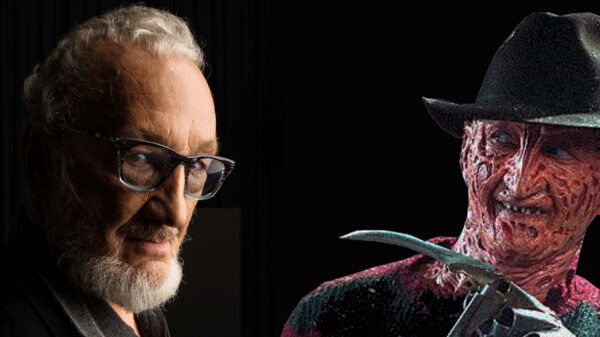

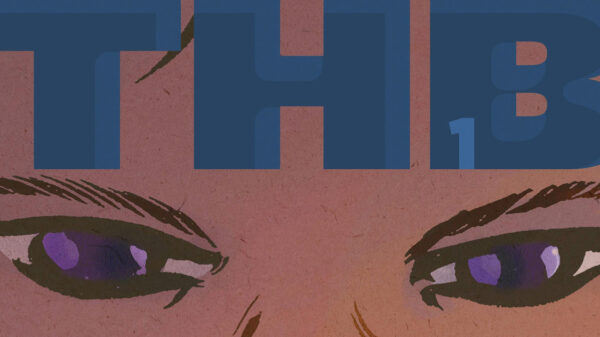

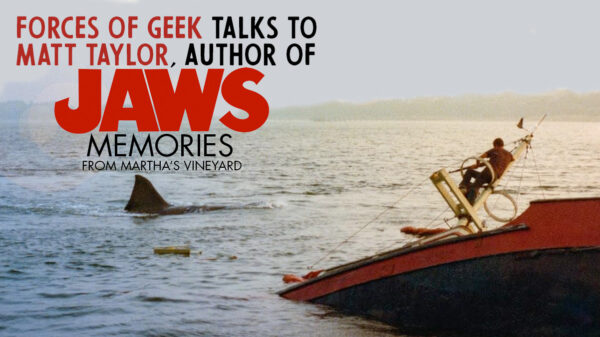
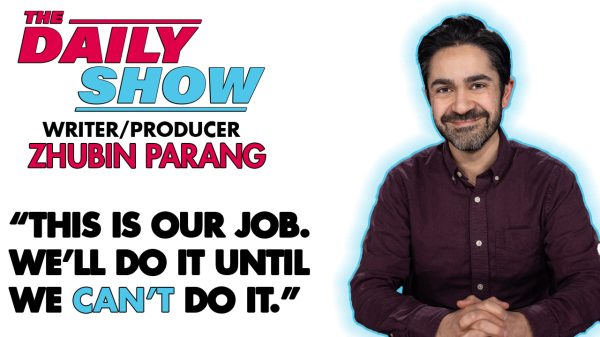
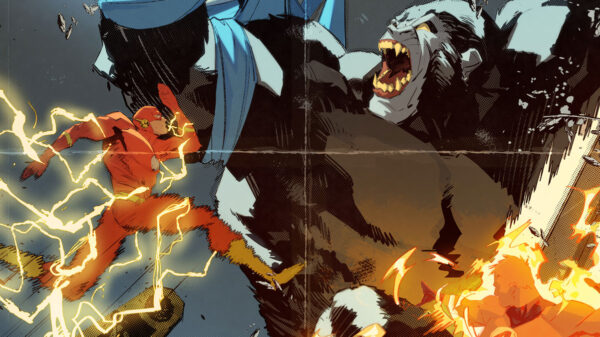
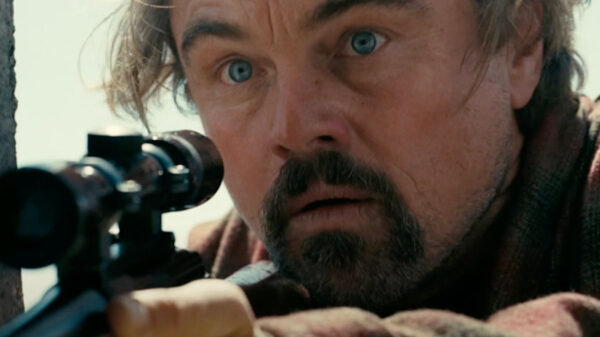
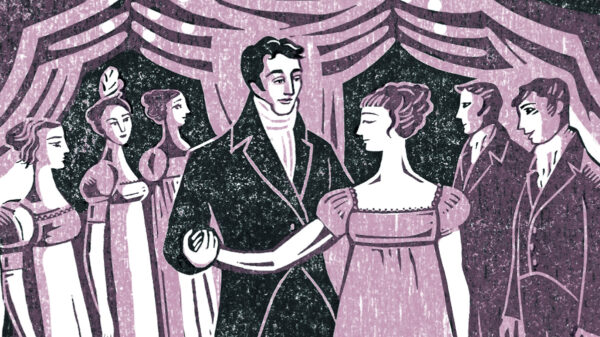
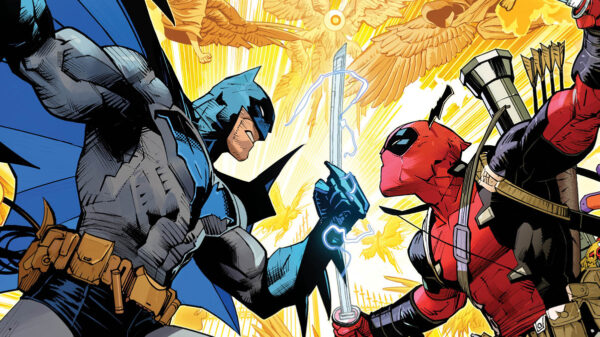
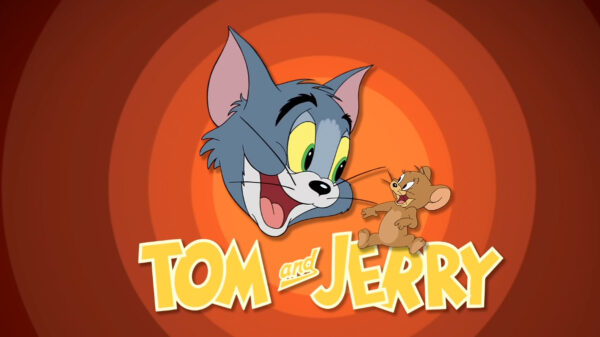



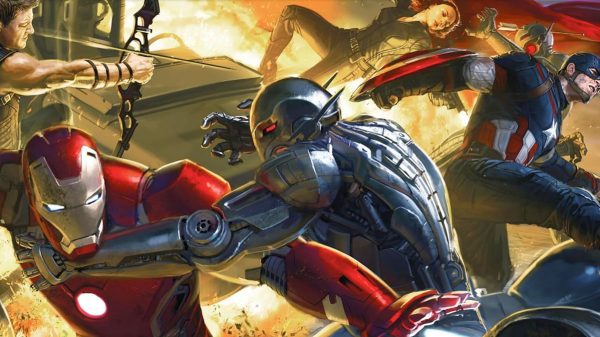

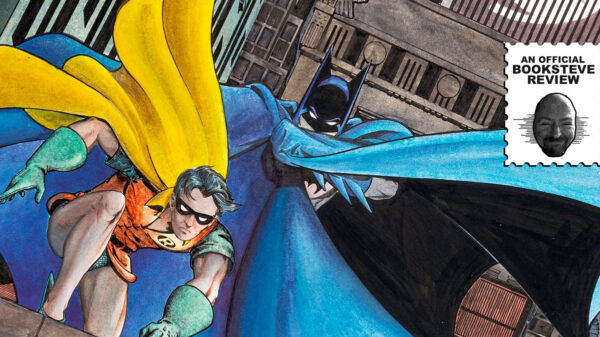
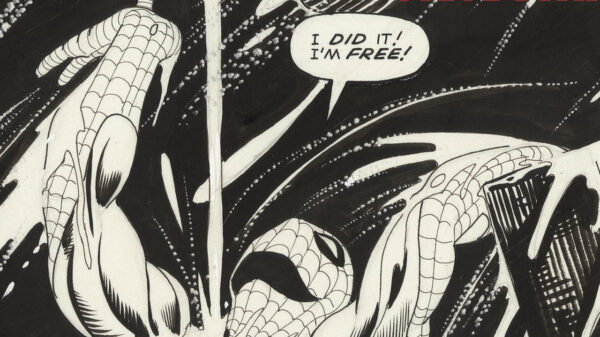
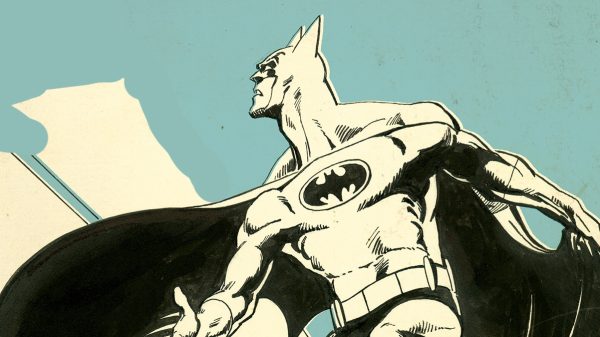

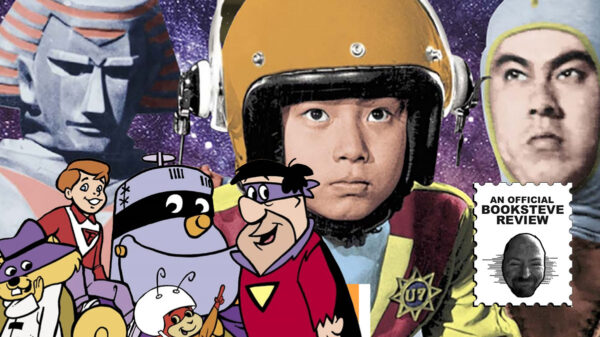
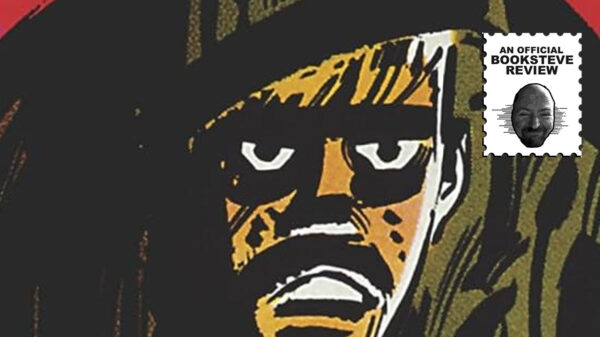
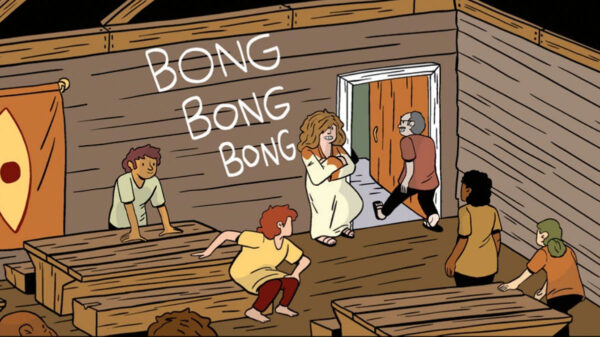
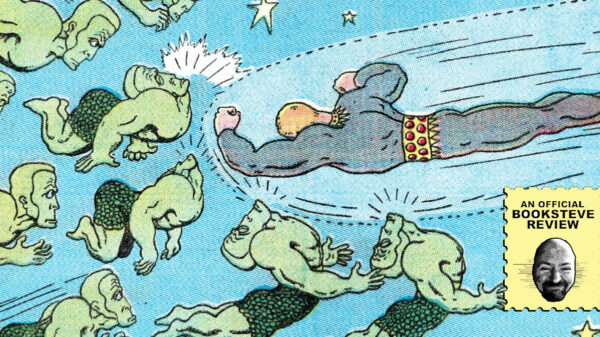
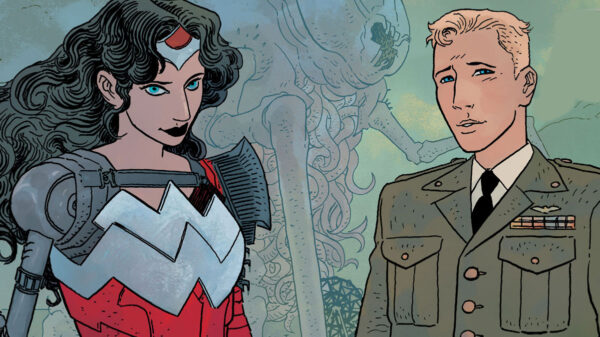









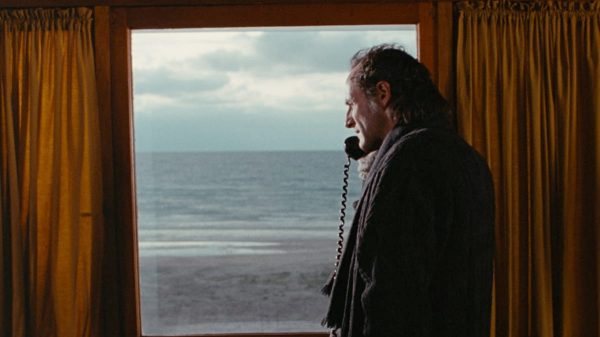
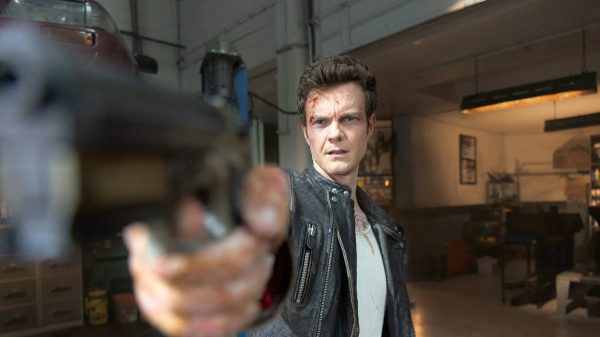
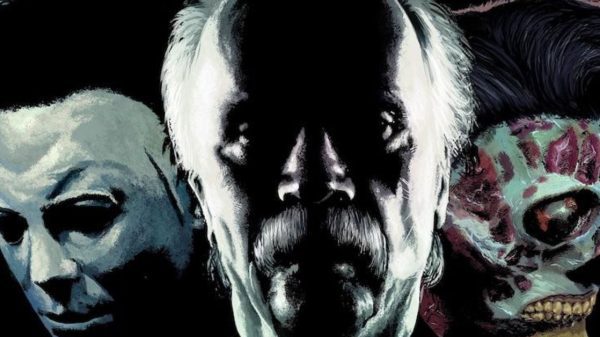
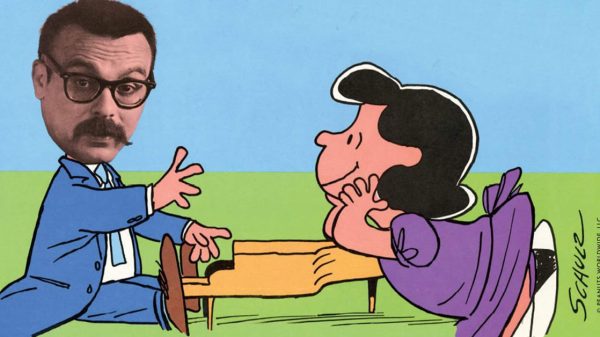
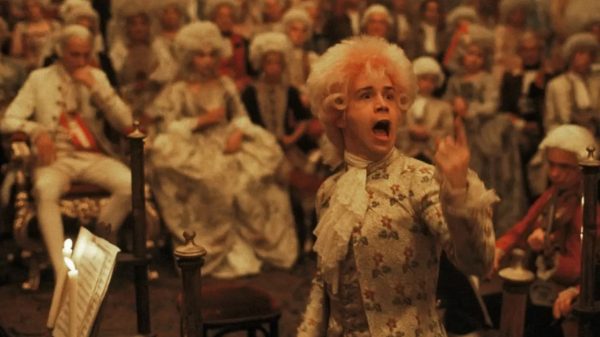














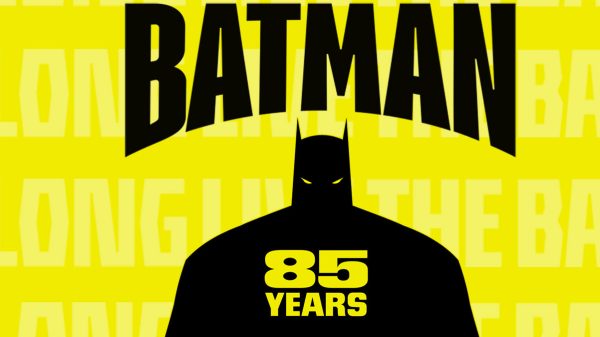


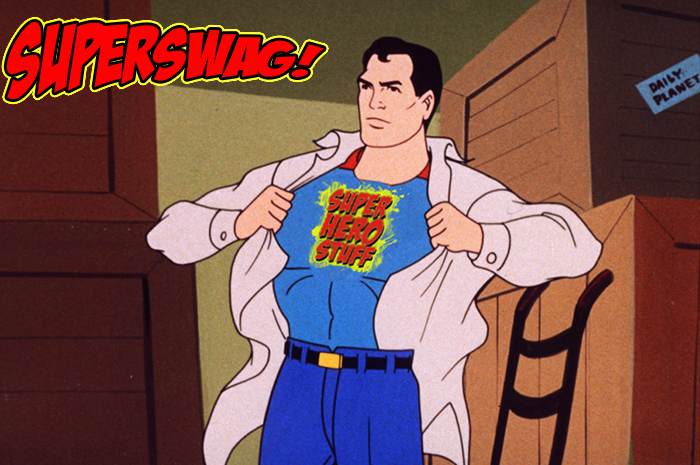

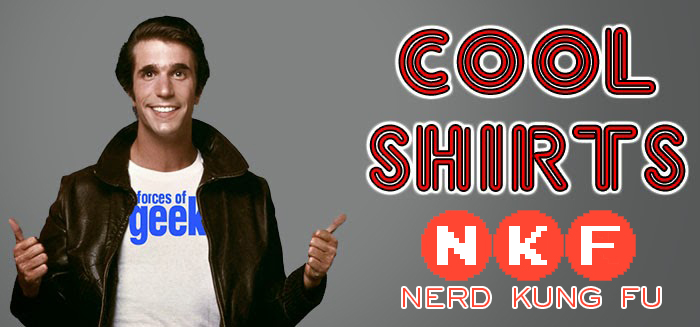
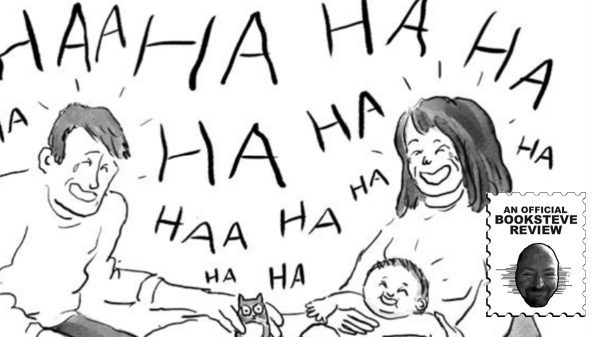



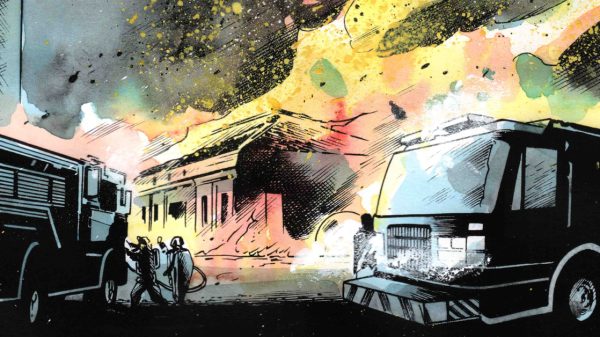




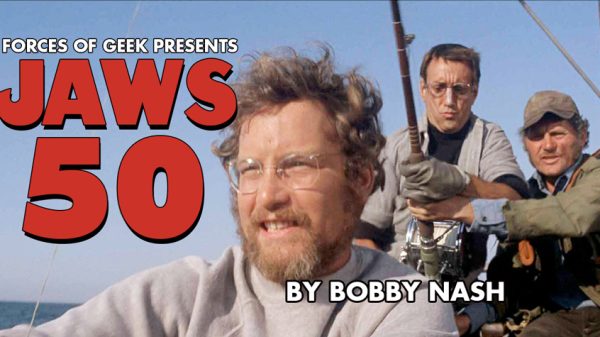









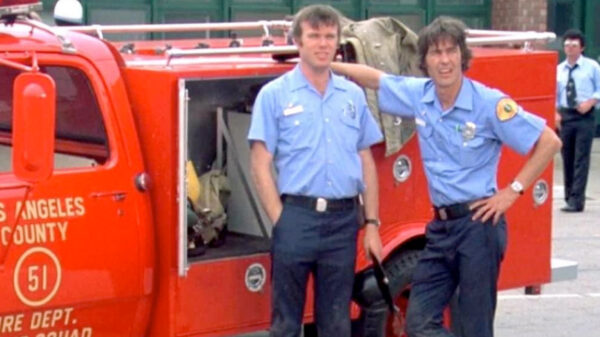
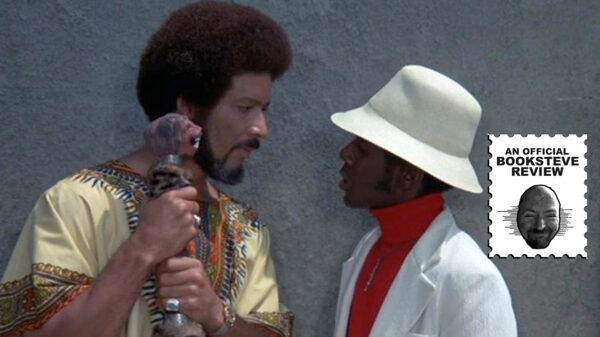
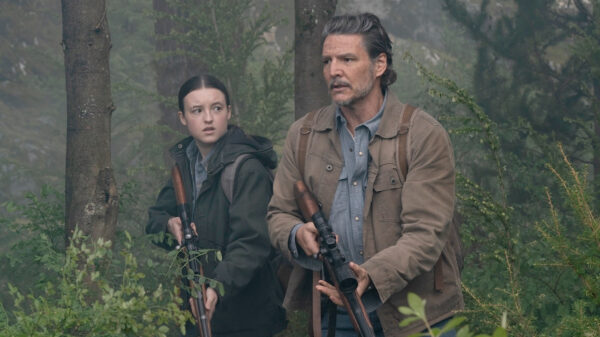




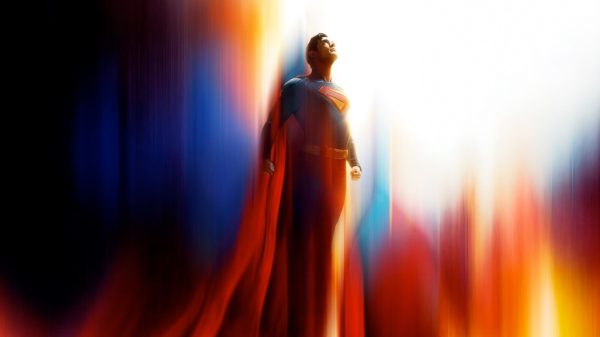
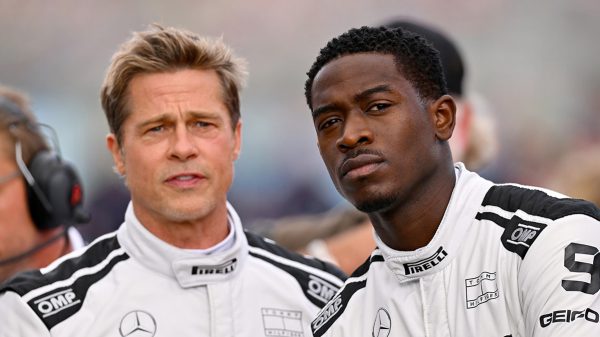




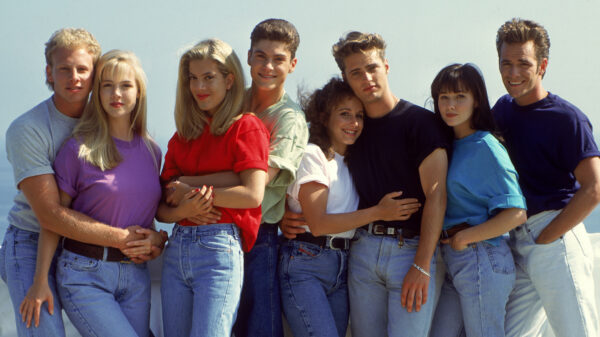
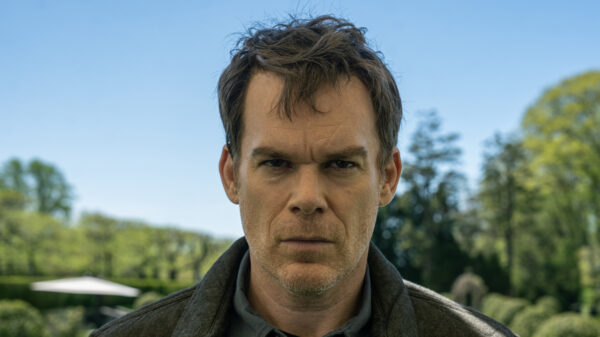
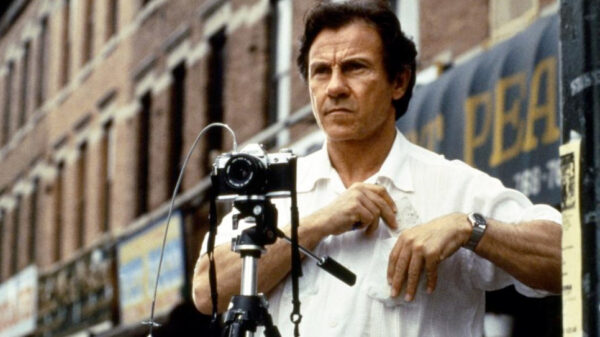
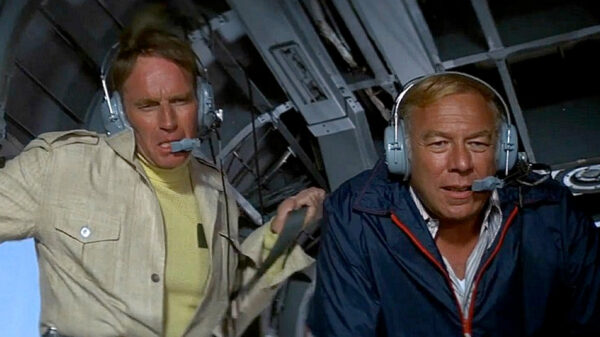



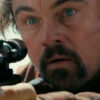
You must be logged in to post a comment Login